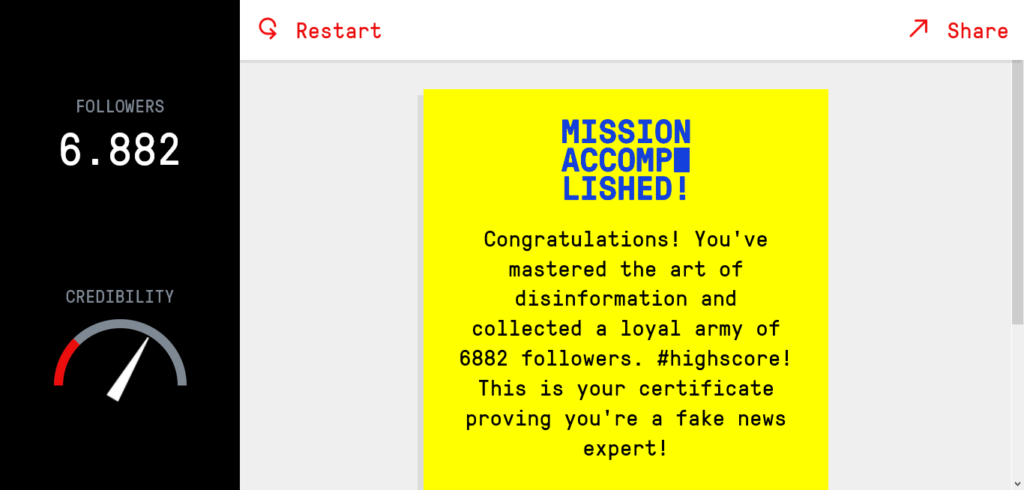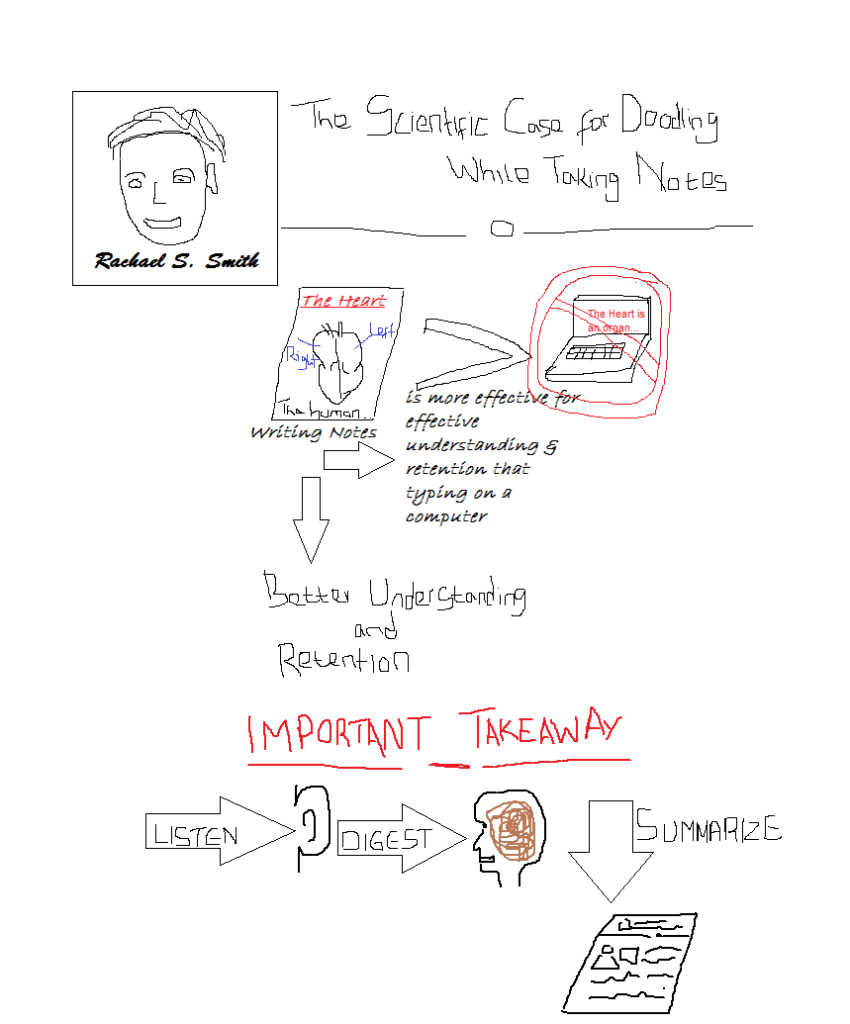Hello Connor, Great post. I like your explanation of the coherence principle. I viewed your interactive video and indeed it is easy to follow and has excluded extraneous materials that would distract readers. This explanation suits the coherence principle which asserts that people learn best when extraneous materials are excluded (Mayer, 2009). This perspective goes in handy in reducing extraneous processing. Besides, I like your explanation on signaling principle. It is clear from your interactive story that cues have been used to highlight key information of the story. This is in line with the signaling principle which asserts that “people learn better when cues that highlight the organization of the essential materials are added” (Mayer, 2009). Nonetheless, I wonder if you would have considered including segmenting principle which I find suitable to your interactive story. The sections of your story are short rather than continuous units.
Month: March 2021
Core Multimedia Skills byJin Xue
Hello Jin. Great post. I like that you have indicated that you cut out the advertisements in the game to make the video more effective. I relate this assertion to the coherence principle which states that people learn better when extraneous materials are excluded. The advertisements in this case are extraneous materials and thus cutting them out reduces extraneous processing and keep the video simple. Besides, I like that you have indicated that you did not include your voice which would otherwise affect the learners thinking. This assertion further relates to the coherence principle which supports exclusion of extraneous sounds. Nonetheless, I wonder if you would have considered including your voice in the interactive video to replace texts. Inclusion of the voice relates to the modality principle which asserts that people learn better from graphics and narration than from graphics and text (Mayer, 2009). This manages essential processing.
TOPIC 7 IMPORTANCE OF STORYTELLING by Wei Wang
Hello Wei, Excellent post. I like how you have explained the signaling principle. You have stated that the inclusion of bold font and underlining of texts highlights the key points therein. These sentiments are true according to signaling principle which asserts that people learn better when cues that highlight the organization of the essential materials are added (Mayer, 2009). I also like how you have explained segmenting principle. You have indicated that the whole story is told in bits with few connecting words in lieu of a large text which would otherwise be boring to the readers. This assertion is true according to signaling principle which states that people learn better from short and user paced sections rather than continuous units. This manages essential processing. Lastly, I wonder if you would have considered contiguity principle in your post as your interactive story as you have placed corresponding pictures and words near each other.
Topic 9: Active vs Passive Learning using Multimedia Tools
The Bad News game follows the segmenting principle of multimedia learning. Segmenting principle asserts that people learn better from short, user paced sections than from continuous units (Mayer, 2014). The game breaks its content into smaller chunks and allows users to stop, reflect and address questions when ready. This principle is critical in managing essential processing. The game further follows contiguity principle which asserts that “people learn better when corresponding words and pictures are presented near to each other and simultaneously” (Mayer, 2014). While playing the game, I noted that the game uses pictures in form of memes to explain concepts discussed earlier. This feature reduces extraneous processing and makes the topic easier to understand. However, the game does not follow the Modality principle which asserts that “people learn better from graphics and narration than from graphics and text” (Mayer, 2014). In essence, the game lacks narration, and only uses graphics and texts. Narration is preferable to written text which has been largely used in the Bad News Game.

The Dual Coding Theory relates to Sketchnoting. The theory asserts that the brain process information using the verbal and visual primary channels. The eyes take in pictures and the ears take in sounds. In sketching, students listen and digest images and sounds and summarize them in their own ways that allows them to understand and recall the information. Sketching follows the redundancy principle which states that “people learn better from graphics and narration than from graphics, narration and printed text” (Mayer, 2014). This is aligned to the Dual Coding theory which asserts that the visual channel takes in both images and texts, thus using both simultaneously overwhelms the visual channel and leads to cognitive overload. Sketching is helpful in understanding and recalling information through listening, digesting and summarizing. The EDCI 337 uses reflective blogging as an active learning method.

Reference
Mayer, R. E. (2014). Principles based on social cues in multimedia learning: Personalization, voice, image, and embodiment principles. The Cambridge handbook of multimedia learning, 16, 345-370.
Topic 8: TED Talk
The TED Talk that I analyze is “The Hidden history found in your teeth” by Carolyn Freiwald. The video takes into account the redundancy principle which states that people learn better from graphics and narration than from graphics, narration and printed text. This principle was widely applied in the video where Freiwald used images to explain the concept of immigration. The pictures depicted immigrants, particularly from Africa and South America crossing the border to gain entry into the United States. This principle is in line with the Dual Coding Theory. The theory explains that humans take in information through the eyes and ears. The ears take in auditory stimuli and the eyes take in images. The theory further explains that the human brain has two short term memory channels for auditory and visual stimuli. The visual short term channel takes in both images and texts; therefore, mixing printed texts and graphics overwhelms the short term visual channel. Herein, Freiwaild uses only narration and graphics throughout the talk to reduce extraneous processing.
This TED Talk further obeys the modality principle which states that people learn better from graphics and narration than from graphics and texts (Mayer, 2014). From the beginning of the talk, the author was brought a human skeleton which she used throughout the talk to explain the hidden history of the teeth. Freiwald further used diagrams of the human tooth to explain the differences in the teeth of people of different races. The use of images and narration herein manage essential processing. Narrations are usually preferred to printed text. Based on Dual Coding theory images and narration are taken in through the visual and auditory channel; this TED Talk allows the brain to make a connection between the sounds it is hearing and the images it is being fed.
Reference
Mayer, R. (Ed.). (2014). The Cambridge Handbook of Multimedia Learning (Cambridge Handbooks in Psychology). Cambridge: Cambridge University Press. doi:10.1017/CBO9781139547369
Topic 7: Interactive Twine Story
Interactive Twine Story Link: file:///C:/Users/USER-PC/Downloads/The%20Beginning%20(2).html
The interactive Twine story I created directly relates to the Multimedia principle. The multimedia principle suggests that humans learn best from words and pictures than just words alone. In my interactive Twine story, I included pictures to explain the context of my story and demonstrate to viewer’s main themes therein. I avoided the use of text alone and instead, opted to include relevant images relating to the storyline. For instance, I used images of a virology laboratory and that of Wuhan’s wet market to explain the theories behind the origin of COVID-19 disease. These images clarify the information discussed therein. This story also relates to the spatial contiguity principle which states that humans learn best when relevant texts and visuals are physically close together. This principle has been obeyed in my interactive Twine story whereby all related texts and images are physically close together in one passage. Intuitively, this allows readers to understand how the texts and images are related, thereby increasing their understanding of the story. They easily process the information without struggling to join the dots.
For educational purposes, I can use Twine to make interactive adventure games that learners can use to learn different topics. Its HTML feature allows users to create self-contained adventure games. Interactive adventure games allow students to collaborate, communicate and work together as a team to complete assignments. These games improve brain function and equip learners with technological skills. interactive adventure games further allow students to establish an emotional connection to learning and subject matter.